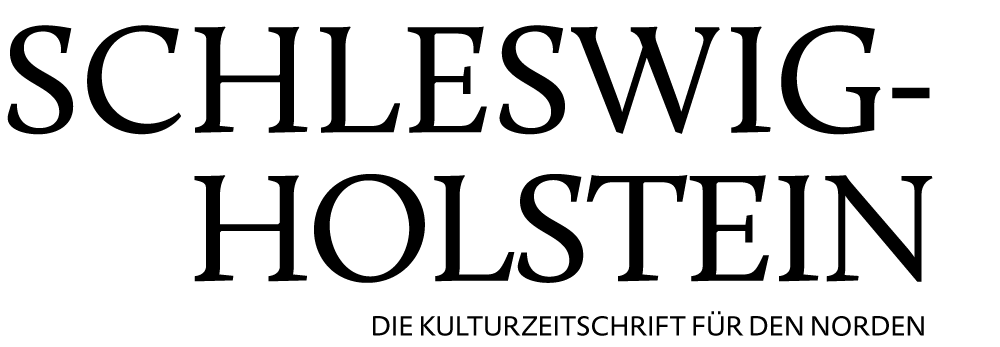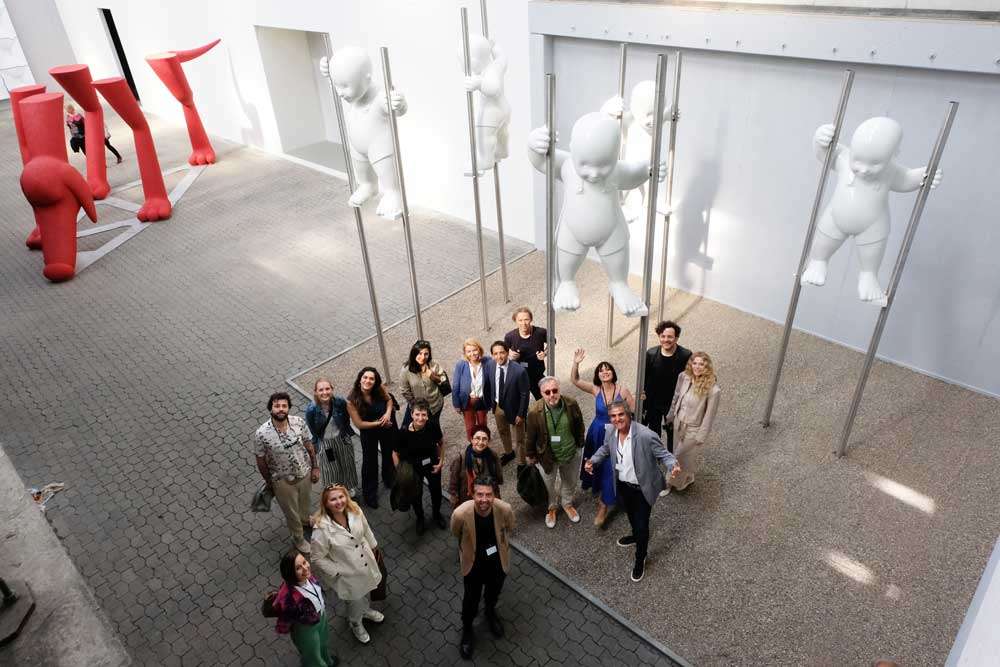This year´s national focus at NordArt is on Turkey. With his selection of artworks for the Turkish Pavilion, Curator Kemal Tufan wants to bring hope and joy to the people. To editor-in-chief Kristof Warda, he explained why contemporary art has no borders, happiness is a choice and curating is like mixing a cocktail.
[add_eventon_slider slider_type="multi" slide_auto="yes" slider_pause="4000" slide_pause_hover="yes" slider_speed="600" ux_val="4" event_order="DESC" hide_mult_occur="yes"]

